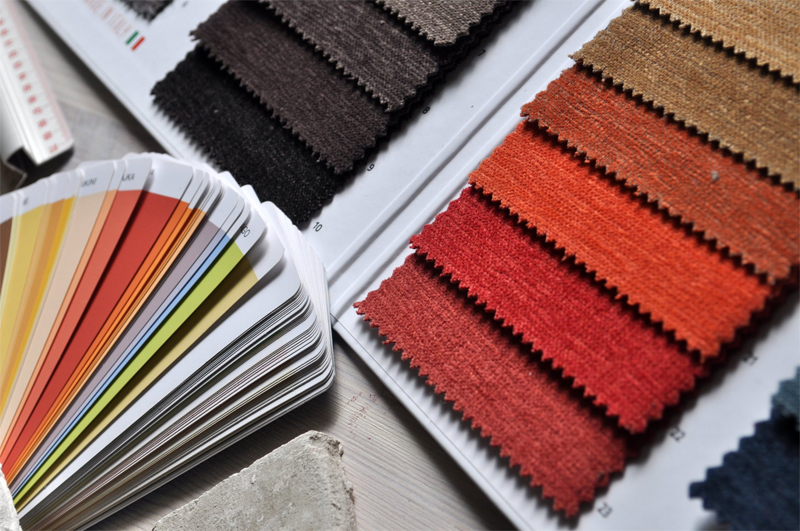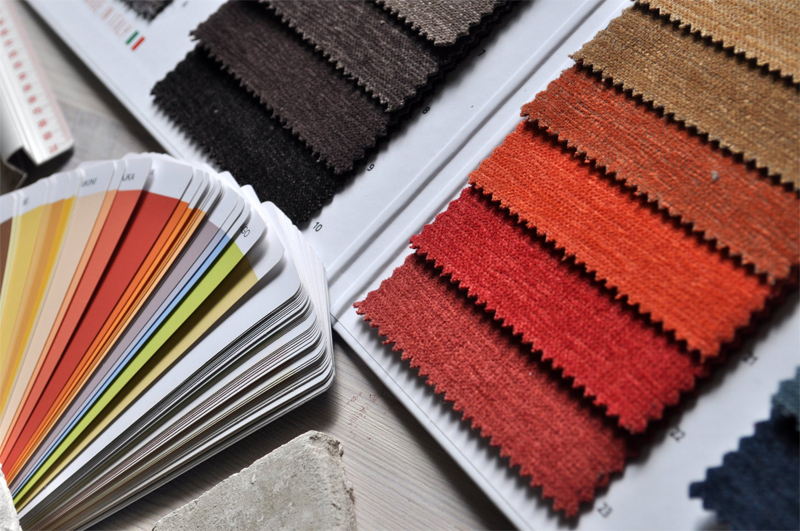Preparing your Quilt for Long Arm Quitling

I was recently asked by a relatively new quilter, how to prepare a quilt for long arm quilting by a professional Long Arm Quilter. I have a number of friends who have quilting businesses, so I posed the question to them, and here’s the answers that were given.
- Press your quilt top and backing well, making sure all seams are flat and bolt folds are ironed out. If your quilt arrives in a shopping bag all rolled up, the Long Arm Quilter has a right to charge you for the ironing out of creases.
- Where the backing has been joined make sure the seams are pressed open and the selvedge edges removed prior to sewing together.
- Place your quilt right side down on the ironing board. Pull up a stool and have your clippers and a magic clothes brush handy. Scour the complete quilt top, both right and wrong side, and pull or clip any errant threads out of the quilt. This is especially important on the wrong side of the quilt and will save the heartbreak of having stray threads seen through lighter fabrics.
- Ensure that the quilt Backing and Batting (if you are providing these to the Long Arm Quilter), is a minimum of 6” wider and 6” longer than the quilt top.
- Avoid using bed sheets for the backing. The thread denier is far heavier and denser than ordinary patchwork fabrics and inhibit the machine needle from penetrating the three layers equally.
- It is advisable that if you have bias edges on the borders of your quilt, stay stitch ¼” around all edges. This helps to stop any stretching while quilting.
- Applying borders correctly and accurately can ensure that the borders will like flat and straight. Long Arm Quilters are unable to effectively “quilt out” bubbles or bulges.
To apply borders - take the following steps.
Step 1. Find the side dimensions of quilt by measuring through the centre from right to left. Taking the measurement from the sides could mean you are measuring edges that have stretched. Only measure the through the centre from right to left. Cut two side borders that are exactly the measurement you have taken. Sew the side borders to the quilt by pinning them at the right and left sides and the centre, then ease using pins to fit exactly. Sew and then press seams toward borders.
Step 2. Find the top and bottom dimensions of quilt by measuring through the centre from top to bottom. Only measure through the centre from top to bottom. Cut two side borders that are exactly the measurement you have taken. Sew the top and bottom borders to the quilt by pinning them at the top and bottom and in the centre, then ease using pins to fit exactly. Sew and then press seams towards borders.
- Make sure your backing is square, as the Long Arm Quilter might charge you if she has to square up the backing to fit your quilt.
- Avoid sewing embellishments onto your quilt top prior to quilting. These can be sewn on afterwards.
- When deciding what pattern to use, be prepared to be guided by the Long Arm Quilter. This person has a lot of experience with various patterns, and how they look on different quilt tops. But if you have a suggestion, by all means make it. Your Long Arm Quilter really wants you to leave with a quilt you are very proud of.
- Lastly, make sure you give credit where credit is due. Attribute the machine quilting on your label, and in any statement that is included in quilt catalogues at quilt shows.

Related Articles
Editor's Picks Articles
Top Ten Articles
Previous Features
Site Map
Content copyright © 2023 by Judie Bellingham. All rights reserved.
This content was written by Judie Bellingham. If you wish to use this content in any manner, you need written permission. Contact Judie Bellingham for details.



